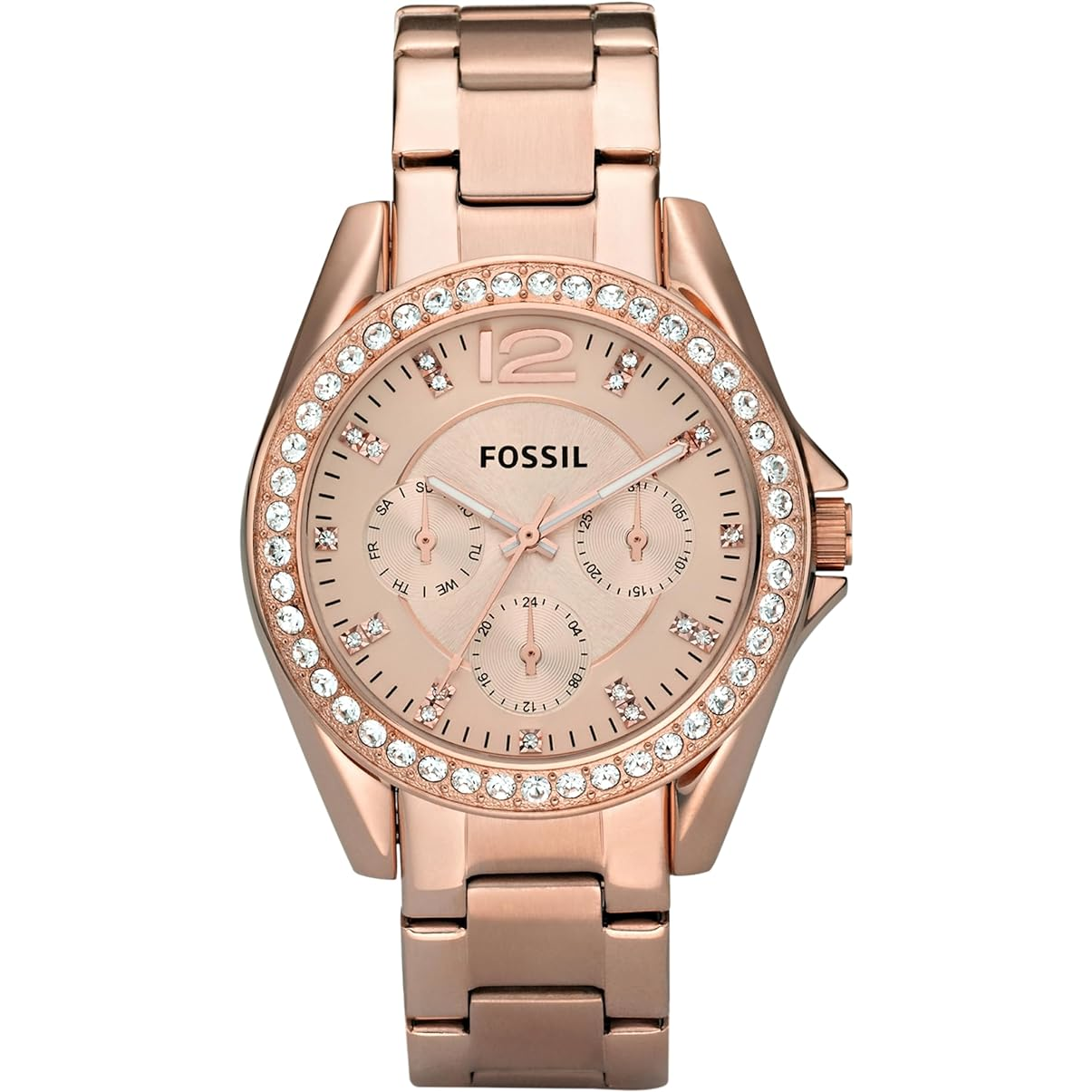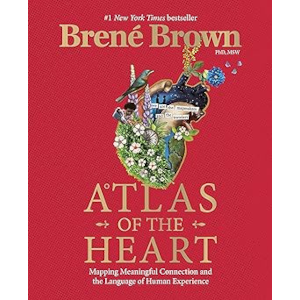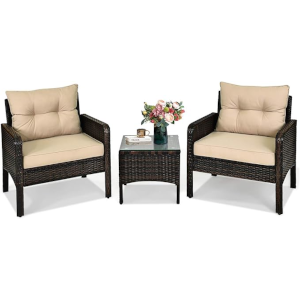I sewed a bucket bag after recently listening to a podcast episode of Acquired featuring Hermes. The stories of the Kelly and Birken bags are interesting but what was even more fascinating was the fact that the bags are all made by hand. You can watch, as I did, some process videos on You Tube showing the incredible craftsmanship and care that is needed to make one of these bags. Each stitch is made with precision, years of learning, practice and repetition. According to Acquired podcast it takes approximately 20 hours to make a Birken Bag, all by hand. It’s astonishing that Hermes continues to make their bags by hand, relying on their artisans to make one bag after another with the utmost attention to detail, precision and quality.
I am not equating my work in any way whatsoever to the work of the Hermes craftspeople. They are in their own sphere, as far as I’m concerned. They do, however, inspire me to want to create, whether it’s with leather or with textiles, something of my own. I feel like their work is not only presented to the world to be admired, but also as a guidepost for me to aspire to, to work towards and to learn from. Trying the best I can is the best I can. My handstitching is straight-ish at its best. A bit wonky at other times. The more I handstitch the steadier the stitches seems to be getting.
In one of the videos I watched the instructor at the Hermes school suggests to the student to try working from a different angle or changing the pressure to experiment to see what works best. These are instructions I am trying to give myself as I work. Will the stitches be more precise if I hold the at this angle or if I look at is from one side over the other or if I hold my needle in one a certain grip?
“Acquired” stated that a craft person works at Hermes up to five years before making a Kelly or a Birkin bag, so I feel like I can give myself some slack and be proud of the gains I’ve made with my topstitching and bag making.
Sewing a bucket bag
I self-drafted the pattern for this bucket bag. I think it’s the forth bag I have self-drafted and sewn so far. Not sure where it comes from but I love sewing bags. My initial inspiration for this bucket bag was from @sewmanycreations video. I loved the zipper placement on the bag. It’s recessed and it wasn’t something I had thought of doing before. After a few minutes of the video I ran to start sketching out some ideas.

This is the basic sewing pattern piece. The outer fabric and the lining fabric are both cut from this pattern piece. I added a small curve at the top of the bag to give it some interest, one outside zipper pocket on the rear and two interior pockets on the lining. The shoulder strap pieces run along the straight portions of the panel pieces and are just under 6″ in height.
The outside fabric and lining are both completely interfaced, as well as the outside fabric used for the shoulder straps. Luckily I had the interfacing in by stash already. I wanted the bag to have some structure and to hold its shape.
The bag is big enough to hold the necessary items needed daily, and a book!

I want to do some topstitching around the top of the bag, but I still have to practice the saddle stitch a little longer to get it right. Once I feel I’m ready I’ll topstitch around the top of the bag and a long the seams of the side straps.
Many of my design decisions for sewing this bucket bag were made based on one simple question – how much fabric did I have left, and, what can I do with those pieces of fabric? I ended up with just a few small scraps. I love how the shoulder straps attach to the bag, how the fabric slightly wraps around the two ends of the bag.


Fabrics and Notions
Everything I used to sew this bucket bag, all the fabric, zippers, button and notions, were already in my stash. The outside fabric (from the remainder bin) and zippers are from @fabricland, purchased a few years ago. I think it works perfectly with this design. The black shoulder strap was purchased at Leather and Sewing Supply Depot in Toronto. I bought the front decorative button in New York’s fabric district over a decade ago.
Click here to read the post about sewing the Vogue 1541 Tunic Dress.
Have you sewn a bag? Let me know in the comments what you think.





Leave a Reply